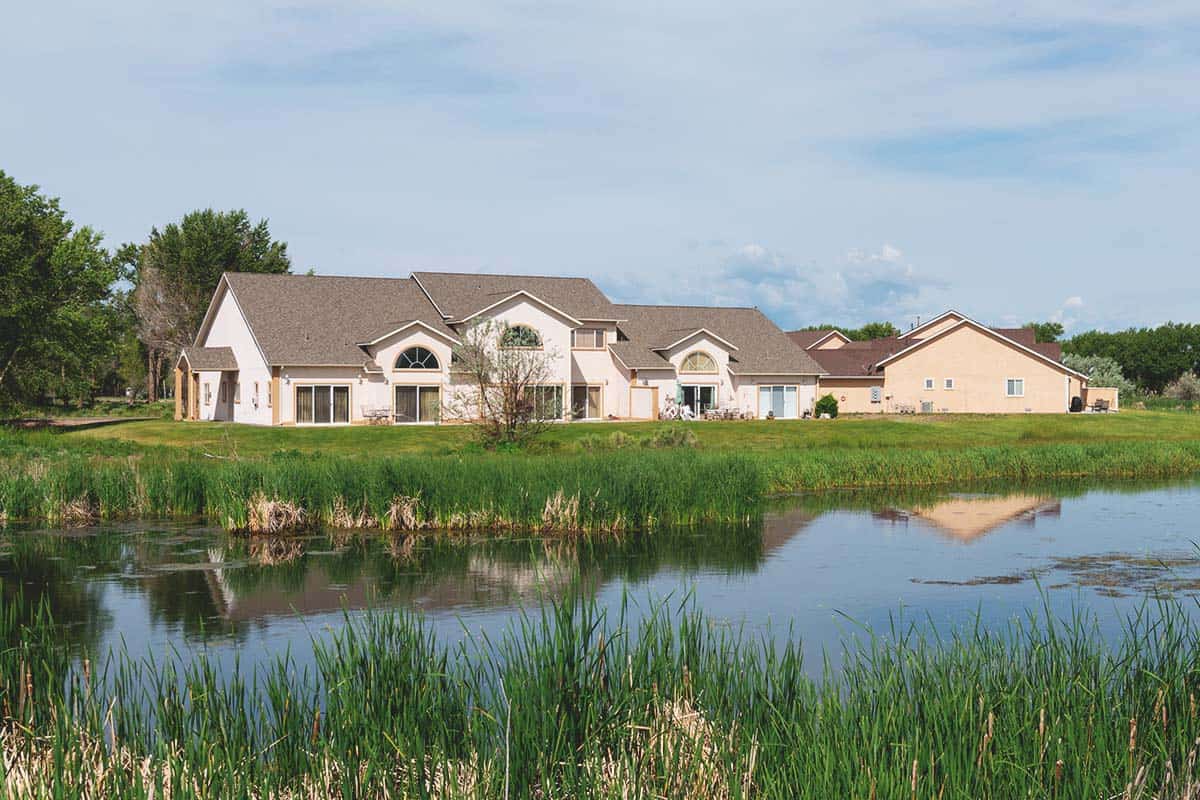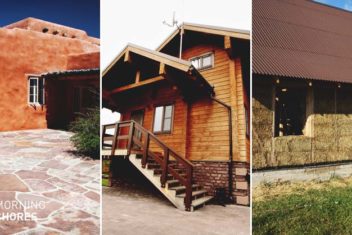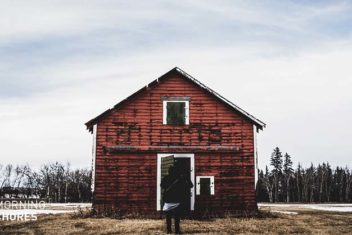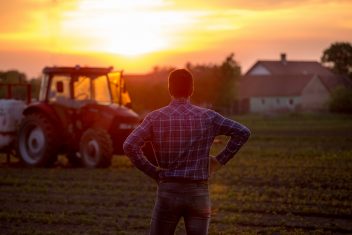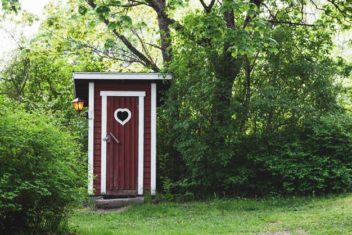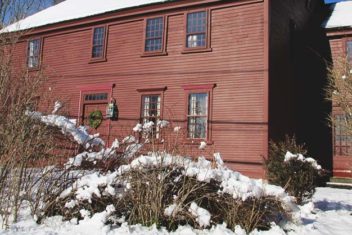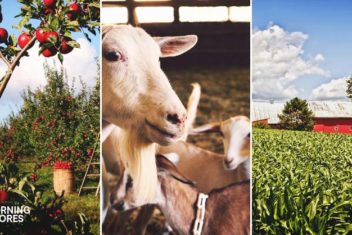The word hydrology wasn’t part of my vocabulary until I started homesteading. I had a vague understanding of the water cycles like rainfall, runoff, reservoirs, water tables, and such. I also got that plants used water and contributed to precipitation processes.
Beyond that, I was clueless. I turned on the tap and water appeared. When too much rain fell on my property, it washed into the street gutters and went away. If we had a drought, I plugged in a hose and turned on a sprinkler.
Now, that we live in rural North Carolina without access to public water, I’ve become something of a self-taught hydrology expert (at least on my own landscape). Nearly everything I do as a homesteader requires understanding and using the natural and human-made landscape hydrology of our property.
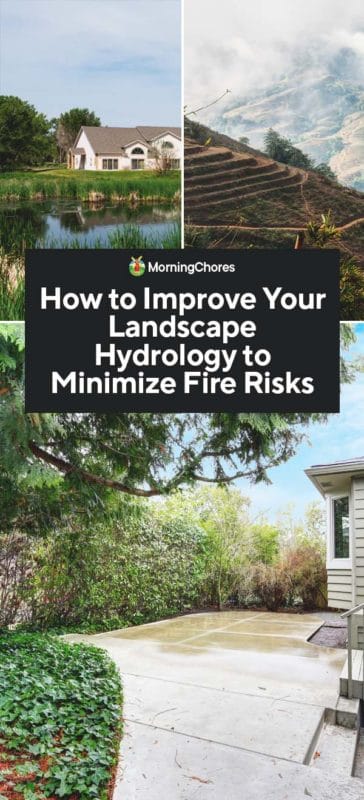
Landscape Hydrology
Do you add compost or apply mulch to help preserve moisture and prevent soil erosion? Do you have gutters on your house that redirect water either to rain barrels or downslope away from your house? Do you have a crowned driveway that forces water to flow off rather than flood in heavy rains?
These are tools that homesteaders use to impact the hydrology of our land. So, even if you aren’t using the word hydrology in your everyday life, I bet you are already doing some landscape hydrology management at home.
Landscape hydrology is at play in so many homesteading activities. Things like building ponds, soil development, garden irrigation, harvesting rainwater in barrels, swales, and hugelkulturs, keeping well water safe, septic and greywater systems, and more are all hydrology related.
Landscape Hydrology and Fire
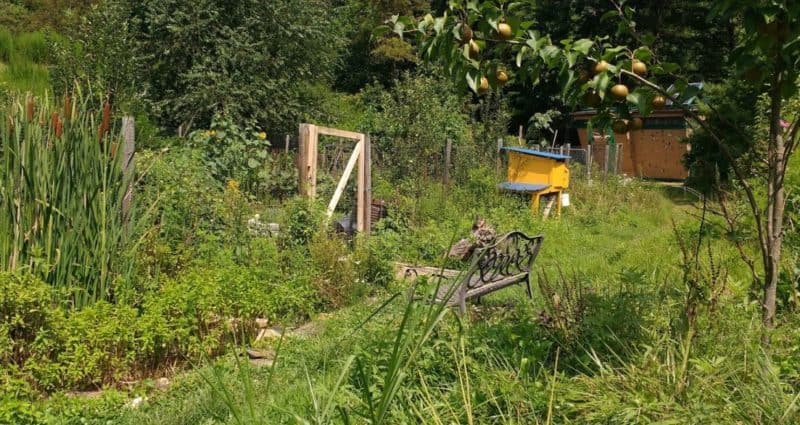
Landscape hydrology also plays a critical role in minimizing the risk of fires. Good hydrology can limit the damage if a fire occurs. Plus, even in extreme fires, ideal landscape hydrology makes regenerating a landscape after a fire easier.
Let’s take a closer look at why landscape hydrology matters when it comes to fire prevention, regeneration, and ideas to improve it.
The Sponge Thought Experiment
Have you ever tried to set a wet sponge on fire? Probably not. But, just hold that thought for a minute.
A dry sponge is highly flammable. However, moisten it with water and it’s practically impermeable to fire. Now, if you tried to burn it long enough, the heat would eventually dry out the water. Then the sponge would become flammable again.
Luckily though, this is not how most accidental fires work. They consume the readily available fuel such as any kind of dried wood, kindling, paper, yard debris, wood roofs, siding, etc. Then, they move on to more dried stuff leaving behind whatever was not so flammable.
Your landscape is effectively either a dry or wet sponge depending on its hydrology. When it’s holding lots of water it can be much less permeable to flames. When it’s dry it can be a fuel source for fast-burning fires.
Tips for Improving Landscape Hydrology
There are a lot of tricks you can use to improve the water holding capacity of your homestead. Following is a list of ideas that may help.
I can’t offer specific advice on which of these ideas will work best in your landscape. That will depend on factors such as your slope, rainfall patterns, soil composition, water table levels, and more. However, these ideas, applied with respect to your conditions, can make your landscape more like a wet sponge to increase your fire protection.
1. Keyline Plowing
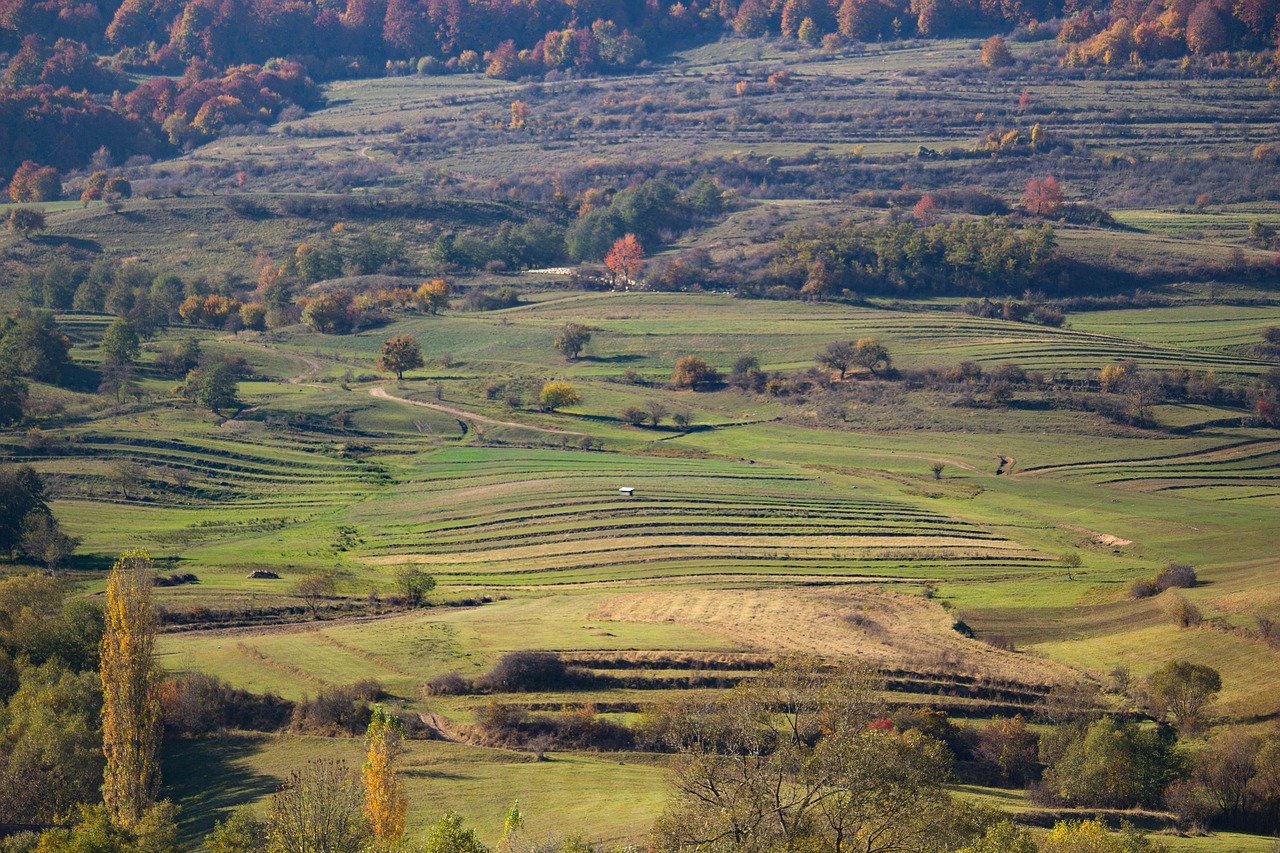
If you have grassy pasture areas on your homestead, then keyline plowing might be a useful technique to capture and hold more water in the roots of your grass. Many people also swear this helps build soil and sequester carbon.
The basic concept is that you use a tractor attachment called a keyline plow to make mini-trenches just a couple of inches wide and 6-8 inches deep. These must be placed at the location of a slope where the angle changes from convex to concave.
What happens then is that the water is captured in the keylines rather than racing downhill to create erosion problems. There it penetrates deeper into the soil and is stored in plant roots for later use.
2. Swales
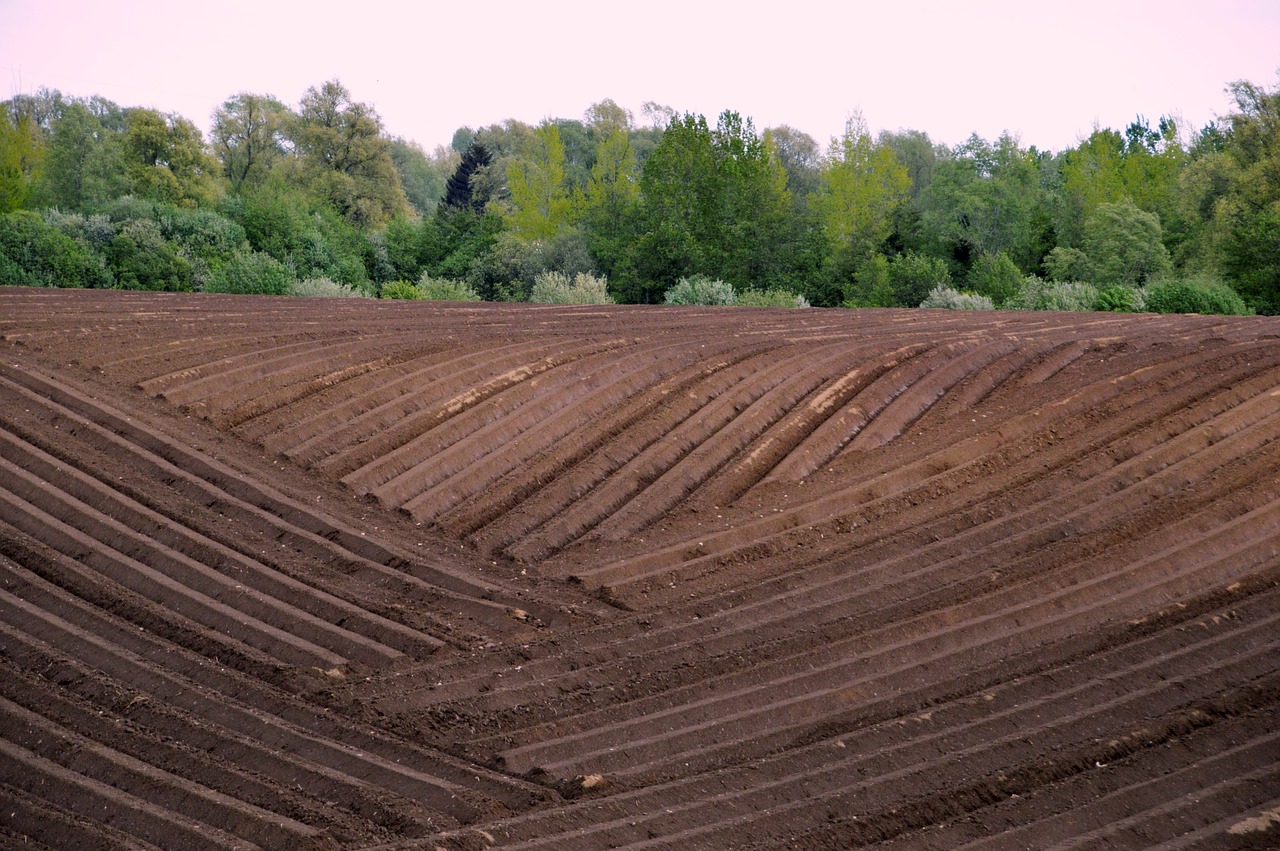
Swales are like keylines only wider and deeper. Essentially, they are trenches followed by mounds that capture water, hold it, and then redirect the overflow into another swale.
You also need to make these on contour by following the slope of your land. Plus, they do need some maintenance.
Swales tend to collect lots of leaves, washed down organic matter, and manure from upslope. So, they can get boggy if you don’t occasionally clear them out in rainy areas.
I use these a lot in my sloped landscape. In the area above my bottomland where I have a spring-fed pond, I created a series of swales to catch the water before it runs to my pond.
That keeps my pond from overflowing during heavy rains. It also allows water to penetrate deeper into the root zone of the plants I have growing on the mounded areas of the swales.
3. Rain Depressions
Like swales, rain depressions are catchments for excess precipitation. People often situate them on either side of their driveway to catch the run-off. Alternatively, some people use them to collect rain from the gutters of their homes.
Generally, these are large trenches dug into existing soil. Then, they are back-filled with more permeable organic matter like potting soil, compost, and mulch to create ideal drainage. Finally, they are filled with a variety of plants that can tolerate wet roots and periodic dry conditions.
4. Hügelkulturs
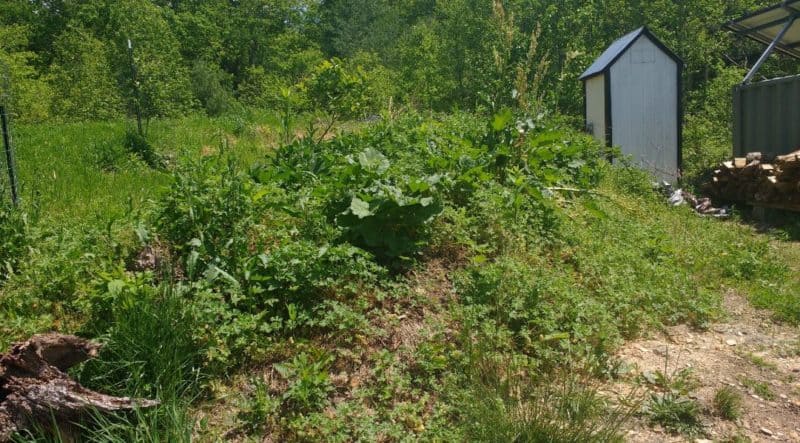
A hügelkultur is an awesome tool to use downed trees and plant debris that might otherwise become a fire hazard. Basically, you start by creating a heap with large tree trunks and stumps on the bottom. Then, you layer on woody debris, then green plant matter, and finally topsoil to make a raised planting bed.
The smaller matter quickly decomposes into compost. While, the larger stumps and trunk chunks, at the base, house lots of fungi. As the fungi digest the wood, it becomes like a sponge to hold water.
Effectively, a well-made hügelkultur is just like adding a great big, soggy sponge to your landscape.
5. Wetlands
Creating a wetland area can be beneficial to wildlife and fire prevention. Placing a wetland strategically between your home and your greatest fire risk zone would be a good way to put this idea to use.
According to the USDA, you can create wetlands just about anywhere with some basic know-how. They also happen to have a nice guide to help you do it.
6. Ponds
Ponds can be the ultimate fire stopper. However, they need to be well-situated and meet certain basic requirements to be useful as a fire prevention tool. Additionally, if you want to use the water from your ponds to fight a fire, you’ll need to rig them right.
Ponds generally require permits and some hydro-engineering to ensure that they don’t create problems in your landscape. Experts recommend that you talk to your local fire department to find out the best ways to use ponds for fire prevention and fighting.
7. Irrigation
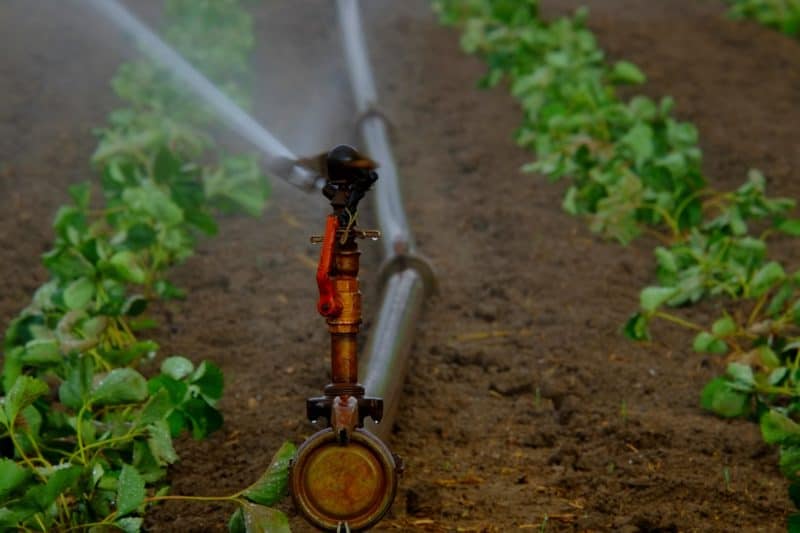
There’s a reason you see people hosing down their rooftops when fire risks are high. Soaking flammable surfaces with water help reduce the risk that stray sparks will find fuel to burn.
Having these sprinklers installed that you can aim at your house, your deck, and any other flammable areas around your house can help prevent spark fires.
Soil Building For Regeneration
All the above landscape hydrology ideas, properly applied, can help protect your home from fire. However, post-fire, one of the most important factors in whether a landscape regenerates is soil quality.
Soil that is high in organic matter and well-moistened when the fire occurred is more resilient. Studies have shown that even when the surface of the soil is scorched, the soil below can still be full of life and ready to regrow quickly.
By taking good regular care of your soil, such as by adding compost, mulching, watering, and keeping it planted your chances for a speedy recovery are greater.
Erosion Protection Post Fire
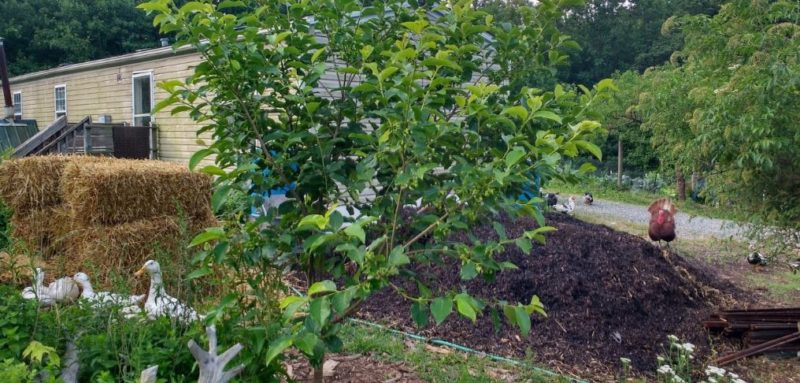
As we’ve seen with all the severe fires around the world, another big risk post-fire is mudslides. If all the vegetation is burned away and rain hits, then moist soil washes down to lower levels.
That means all that exposed soil is a slide waiting to happen. If your landscape is damaged by fire, you can minimize your risks by taking erosion protection action as quickly as possible.
1. Limit Erosion
Depending on the condition of your soil, you may need to bring in topsoil and replant. Or you may simply be able to plant a quick-growing cover crop until more permanent vegetation grows in.
You may also need to intervene by digging trenches or swales to redirect water around areas likely to slide.
2. A Side Benefit of Fire
One of the side benefits of a fire is that it may actually help your soil hold more water. Similar to using biochar in the garden, all that charred organic matter can kick up soil life activity and expedite the decomposition of organic matter.
That means your post-fire soil may have even more water holding capacity than before. These benefits diminish over time as the charred surface washes away or becomes more acidic from leaching.
So, if you want to harness a post-fire burn, get yourself a bulk shipment of compost or mulch. Apply liberally and plant immediately. That traps the charred material in place and harnesses its power beneficially in your landscape.
Closing Thoughts
Fires are a natural part of our environmental cycles. Still, they can be deadly and destructive.
Take measures to improve your landscape hydrology to limit your risk. Also, use other basic landscape fire risk management and prevention techniques to maintain your landscape and prevent spark fires.
Then, if the evacuation call comes, leave as quickly and as safely as possible. Staying put during a fire – even when you have ideal hydrology – not only puts you at risk, it endangers those brave individuals who risk their lives to fight fires and rescue those who can’t save themselves.
